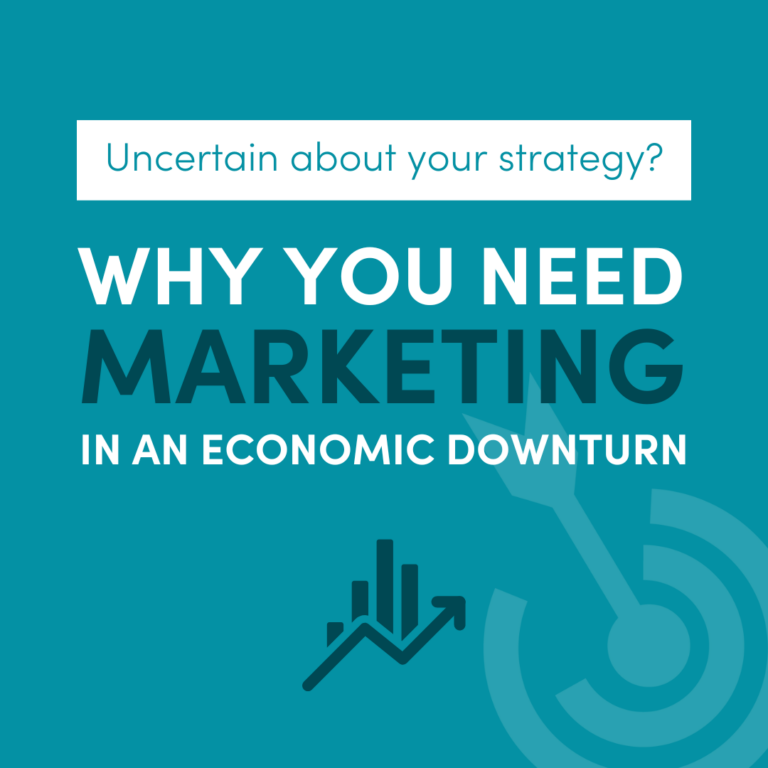Customer experience should be your lead marketing strategy
Customer experience is a combination of how a customer interacts with your business (purchasing, communications), what they see, feel, hear while interacting, and overall how satisfying they find the product or service you are selling. Is it easy and fun to shop in your store? Are there long lines or poorly marked prices? Are you selling quality products that offer a good value? These all speak to customer experience.
Customer service relates to how you or your staff treat your customers ; it absolutely is included in the overall customer experience, but customer service on its own has the power to make up for anything lacking in the overall customer experience. Torn hem on a new pair pants? You expect a prompt exchange, without incurring costs to ship back the damaged item. Home contractor breaks a window while repairing your siding? You expect immediate repairs to the window along with apologies.
In business and marketing, customer experience is a major differentiator. Think about getting your car repaired; the parts and labor may be the same from location to location, but the ease of scheduling, cleanliness of the waiting room, and trust that you gain from a particular vendor is how you select where to take your business.
Customer service is your next best marketing strategy
We expect good customer service, all the time, which means that bad customer service really stands out (where excellent customer service is appreciated, it is harder to impress us with our high expectations.) Therefore, businesses rely on their customer service practices to keep customers happy, particularly when something goes wrong with a product or service. When customer service is bad on top of a problematic product or service experience, a business risks their reputation.
Our team experience last week is an example of bad customer service making a bad business experience worse.
Who doesn’t love a team lunch? Camaraderie, good fun and good eats – right? Since we settled into our new space in the fall, we have been trying to have a team lunch in the office. But our busy schedules have made it a challenge; someone is either heads down working on a tight deadline, attending client meetings or delivering a proposal. The stars aligned last week and we found ourselves with the entire team in the office with time to order in lunch. Grab the menus!Thankful for DoorDash, we could order the salads we wanted from Sweet Green. Our delight quickly turned to frustration, hanger and eventually, significant disappointment. Suffice it to say we didn’t enjoy a team lunch after all.
Even though the DoorDash app allows you to select “substitute if not available” when ordering, they didn’t do that for our order. Instead, DoorDash only delivered two out of the three salads that we ordered, and they were substantially late on the delivery.
We engaged with DoorDash customer service via call center and Twitter, and despite their offering to help us, they neither sent another delivery with the missing lunch, nor refunded us the delivery and service fees. They simply refunded us the mount we paid for the missing lunch.
We found their “resolution” unacceptable.
DoorDash missed an opportunity
We’re writing this after all is said and done (and on a full stomach, so no hanger talking now.) News flash: how you treat your customers matters. When we work with our clients, we reiterate that your product or service being great is the best marketing. If things don’t go as planned, it is up to their customer service to create a positive experience (also great marketing.) Even if the product or customer experience disappoints, good customer service can produce loyal customers who will give your business a second chance.
Had DoorDash rushed a second delivery to us with apologies, we’d remain customers.
Had DoorDash refunded our entire order as an act of apology, we’d remain customers.
Had DoorDash shown any humility or apology, instead of saying that they “respected our opinion but were unable to refund our order” we’d probably not bothered to use this experience as an example of how not to treat your customers.
Of course, DoorDash had no idea that they were dealing with a marketing firm, and that this experience could potentially be documented and shared, but that is the point of providing good customer service. Businesses can’t know who they are serving, but how they treat any single customer has the potential to reflect positively or negatively upon their brand. Every person is a de facto influencer – word of mouth is gold when it comes to marketing, and bad customer experiences drive negative word of mouth, sometimes faster than exceptional customer experiences. (Just look at Yelp or other review sites, customers are typically motivated to publicly review when they’ve had very bad or or very positive experiences.)
Making things right isn’t hard
An example (coincidentally another delivery mishap) a few months back, one of our teammates ordered pizza delivery for their kids while the adults were heading out. Dominos didn’t deliver that night (literally!) After hours of waiting, the kids resorted to cereal and toast. But our local Dominoes made it up to the family. They apologized and provided vouchers for free pizzas, so that the family would be willing to give them another shot. That was good customer service in the face of a negative service experience.


